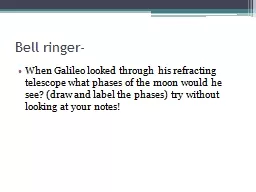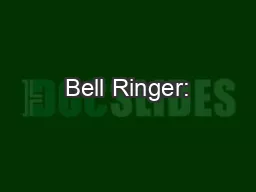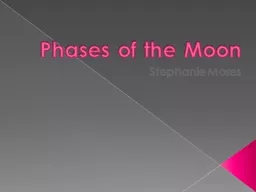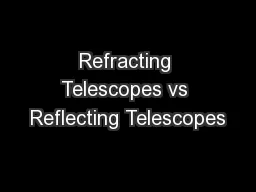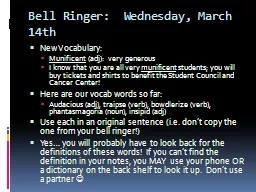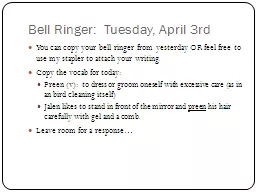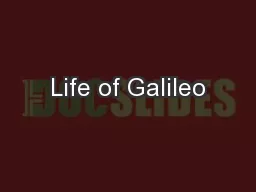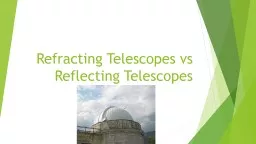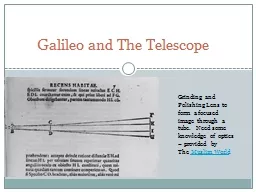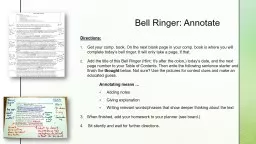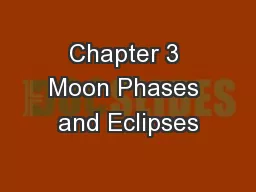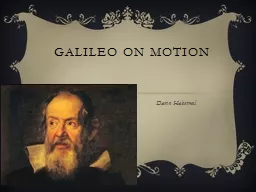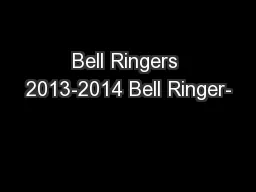PPT-Bell ringer- When Galileo looked through his refracting telescope what phases of the moon
Author : keywordsgucci | Published Date : 2020-08-26
Phases of the moon Cookie lab Eclipses reading highlighters ready Two types solar and lunar Umbra dark narrow shadow in region of shadow Penumbra lighter outer
Presentation Embed Code
Download Presentation
Download Presentation The PPT/PDF document "Bell ringer- When Galileo looked through..." is the property of its rightful owner. Permission is granted to download and print the materials on this website for personal, non-commercial use only, and to display it on your personal computer provided you do not modify the materials and that you retain all copyright notices contained in the materials. By downloading content from our website, you accept the terms of this agreement.
Bell ringer- When Galileo looked through his refracting telescope what phases of the moon: Transcript
Download Rules Of Document
"Bell ringer- When Galileo looked through his refracting telescope what phases of the moon"The content belongs to its owner. You may download and print it for personal use, without modification, and keep all copyright notices. By downloading, you agree to these terms.
Related Documents

